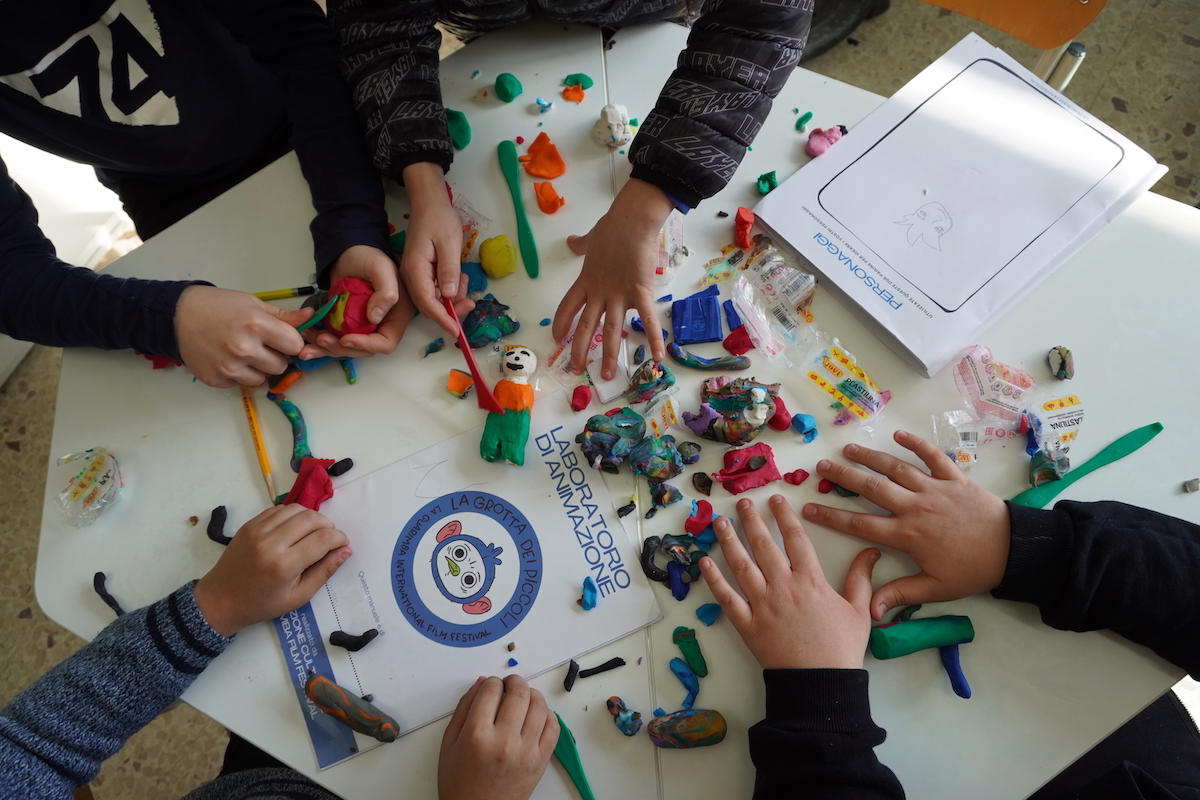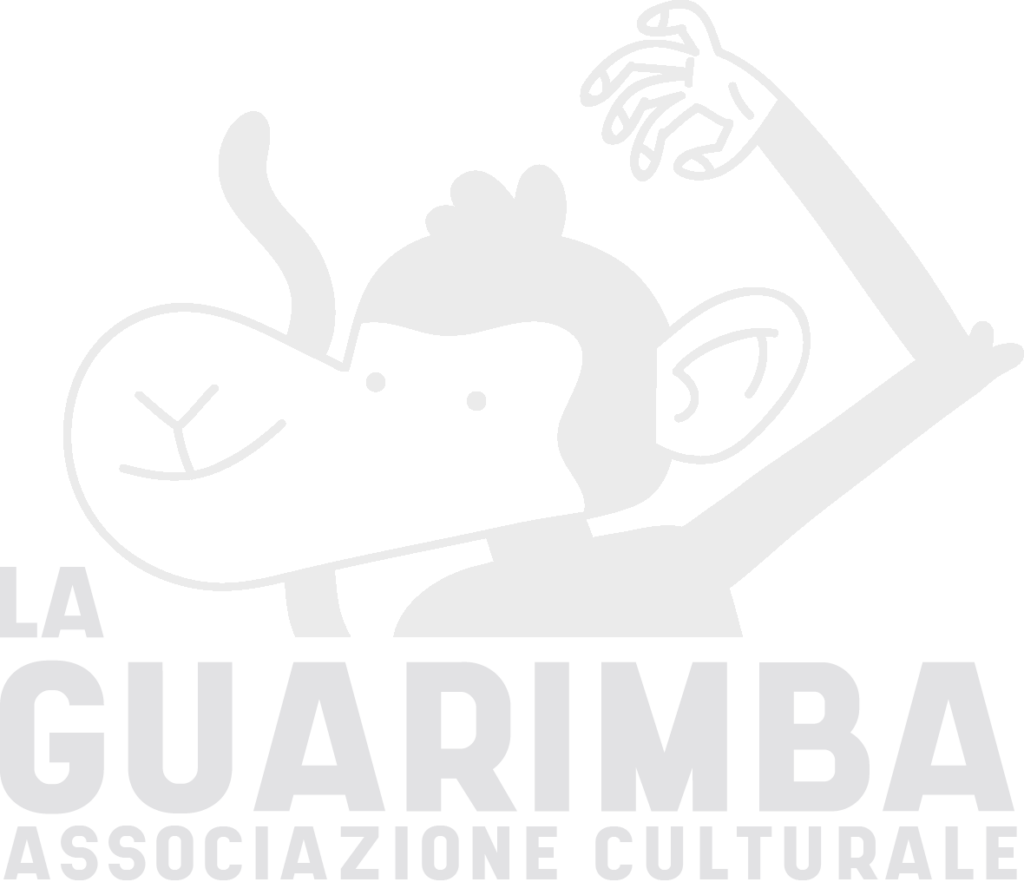At the educational level, we applied a method inspired by the principles of Montessori Education, Cooperative Learning and Learning By Doing. Through the workshops, we used the languages of animation film and illustration in a dual dimension: as a tool for education and reflection and as a possibility for training and content production.
We chose to conduct the classes through a non-formal approach, breaking down the distances between teachers and students, making them work together and not individually, valuing interaction, solidarity and the equal division of tasks at the basis of their growth as students, artists and members of a community. We chose to randomly create the groups of 4-5 students who would work together, so that they would get used to working even with people they do not know and overcome conflicts.
The scientific head of the project Gabriele Tangerini structured a monitoring system that included an observation of the target context and an analysis of the impact of the project in the participants directly involved and in the whole school community. Monitoring was carried out through observation grids, questionnaires, qualitative interviews and focus groups.
Internal observation grids monitored participants’ level of familiarity with the topics covered, their level of involvement during the various activities, skill development, and type of interaction in teamwork.
Interviews were conducted at the beginning of the workshops with the school’s project manager, and aimed to understand the context of the workshops, the type of students involved, the level of children’s participation in cultural activities and any problems and obstacles we might have encountered. Our analysis also focused on the presence of opportunities and spaces dedicated to young people for their cultural growth: community centers such as cinemas, parks, libraries, associations, cultural spaces and theaters. In addition to this, the provision of extra-curricular initiatives by schools, beyond traditional teaching, and spaces dedicated to creativity within institutions.
Other interviews were conducted with ordinary teachers from the institutes, again with the aim of understanding the social context and educational system in which Calabrian young people live. This step was useful for us to understand how to better incorporate our educational journey and the impact it had on students.
At the end of the project, we distributed questionnaires for the participants to fill out anonymously, so that they could indicate to us, without being influenced, their level of enjoyment of the activities and aspects for improvement. Finally, we held a focus group with the participants, having all the students sit in a circle to discuss the experience together, how we felt during the activities and try to address the critical issues found along the way.




































